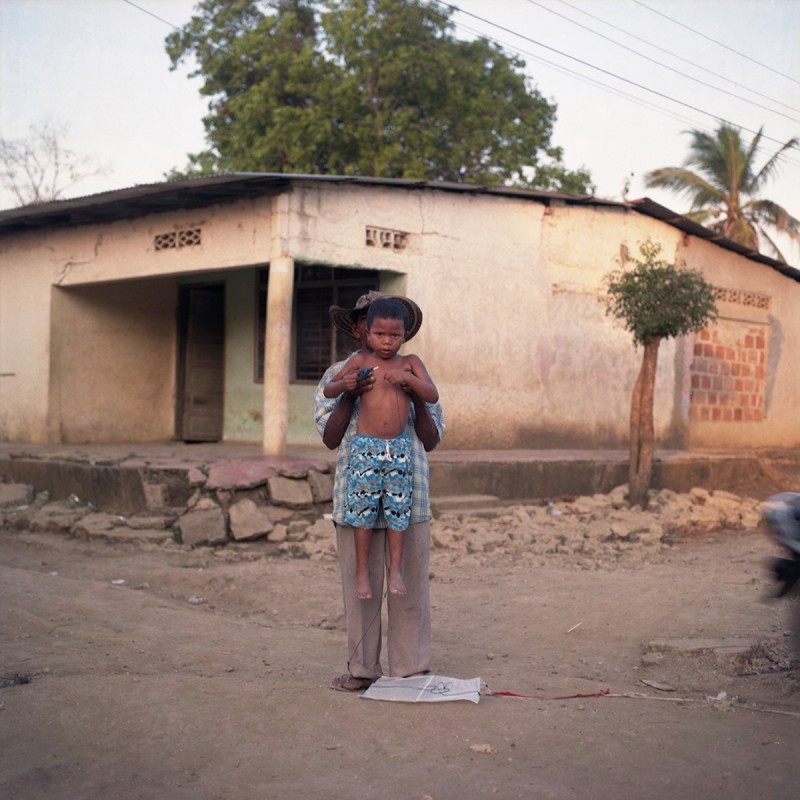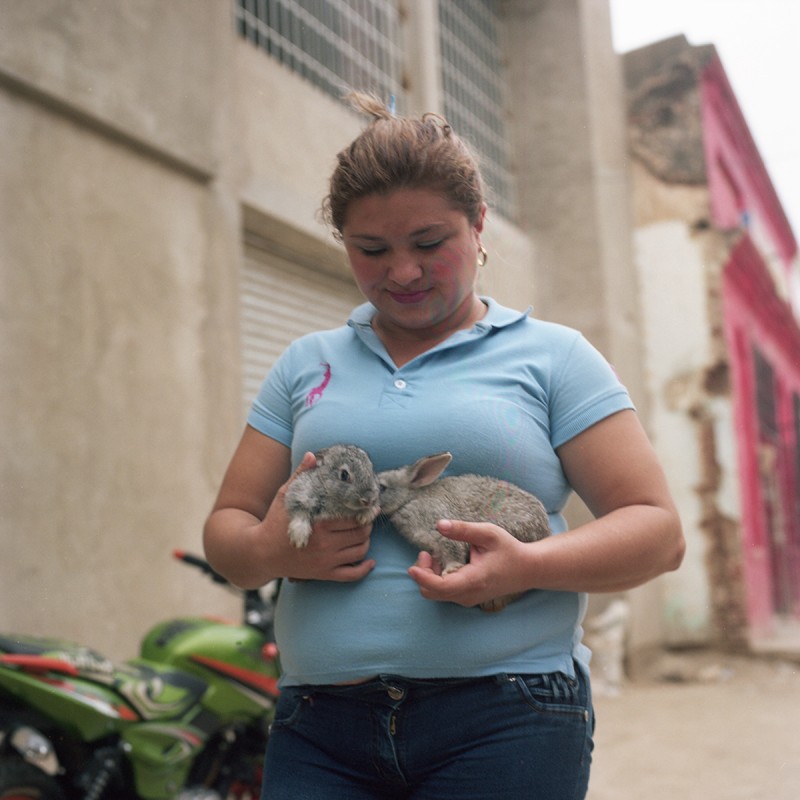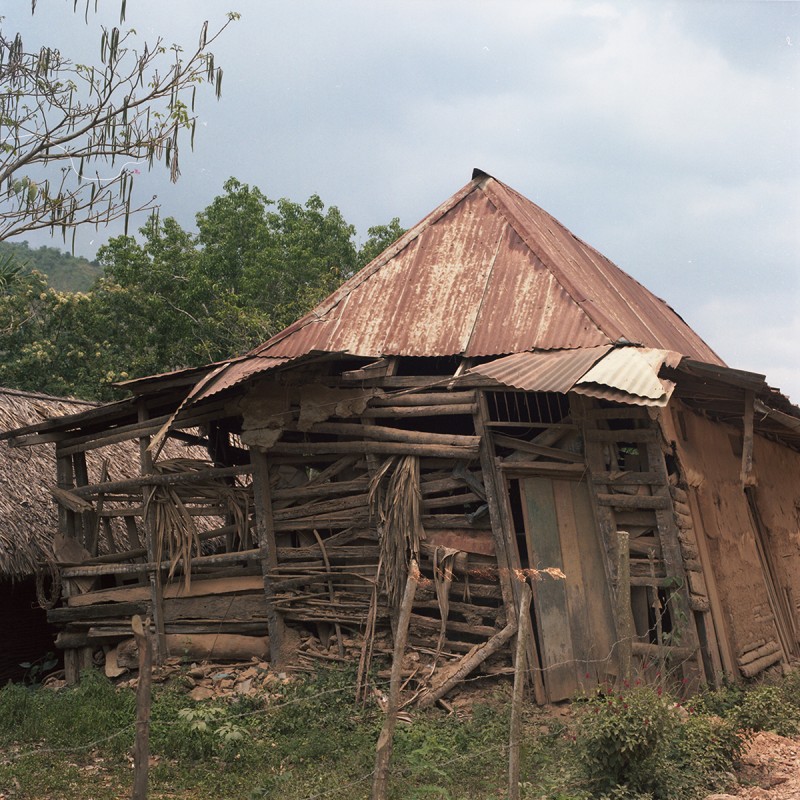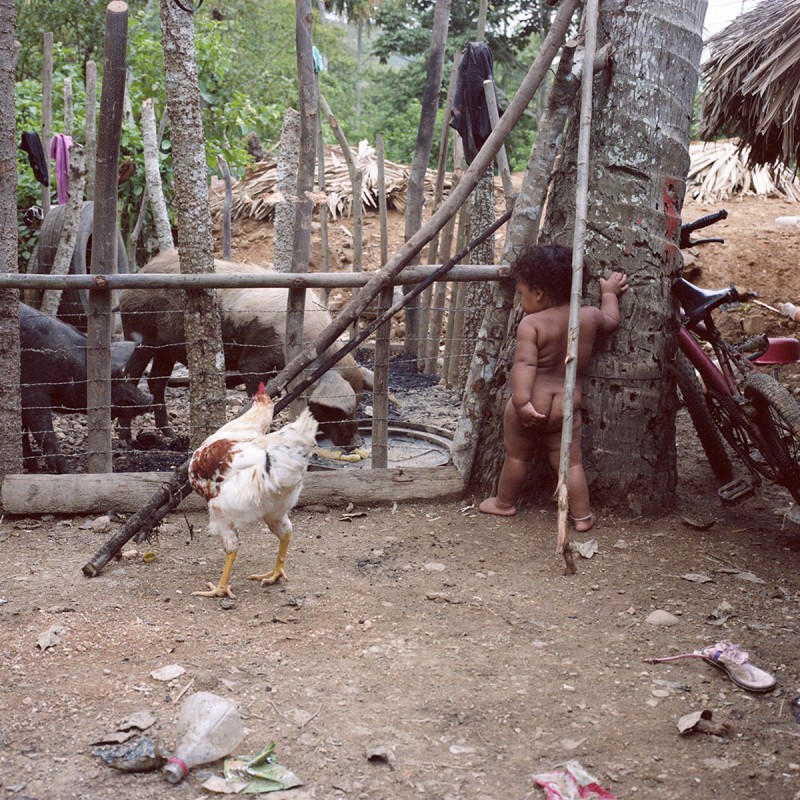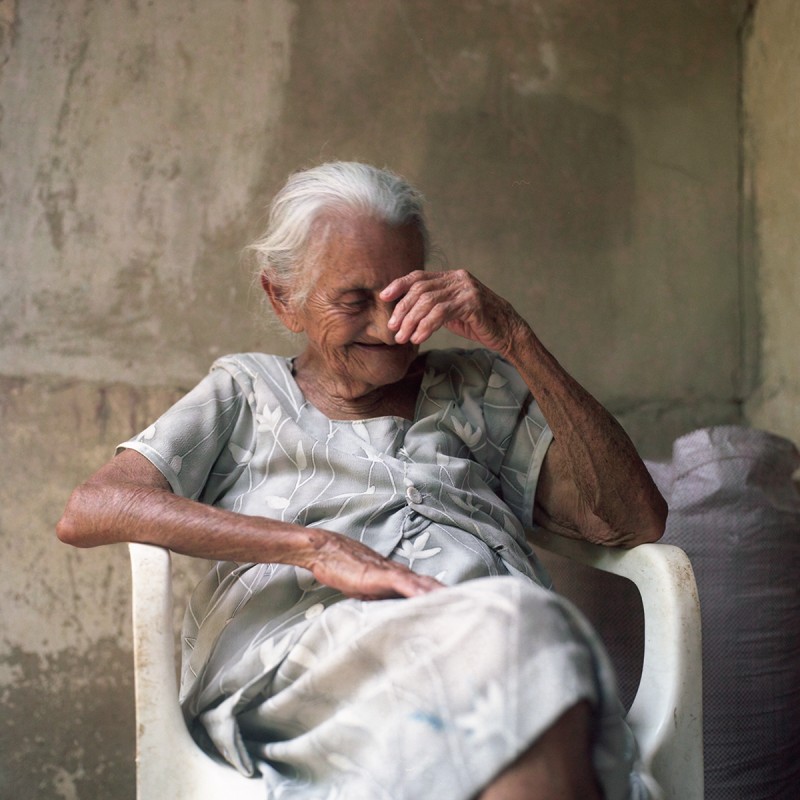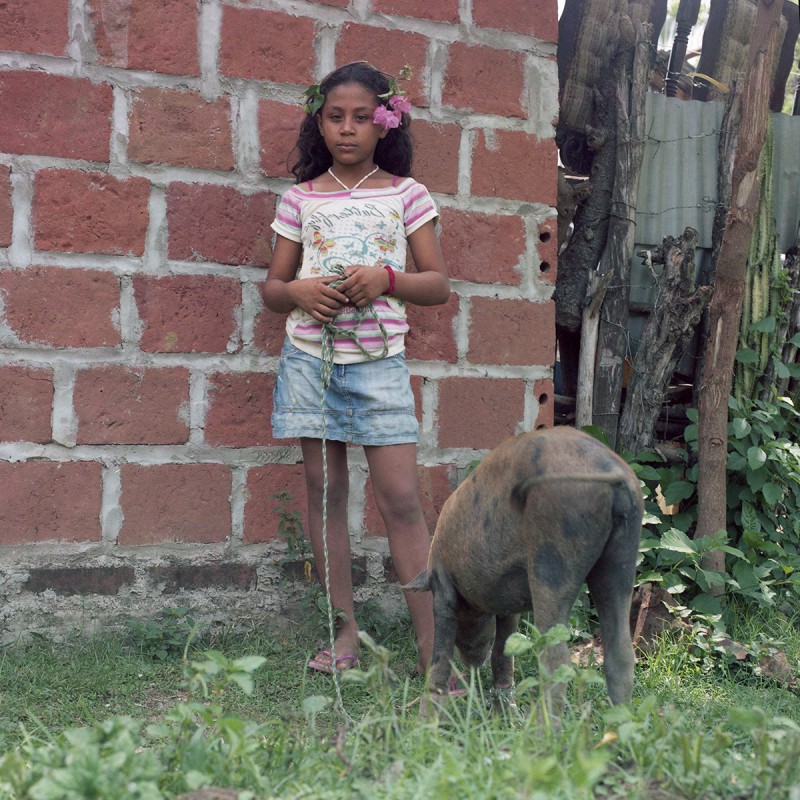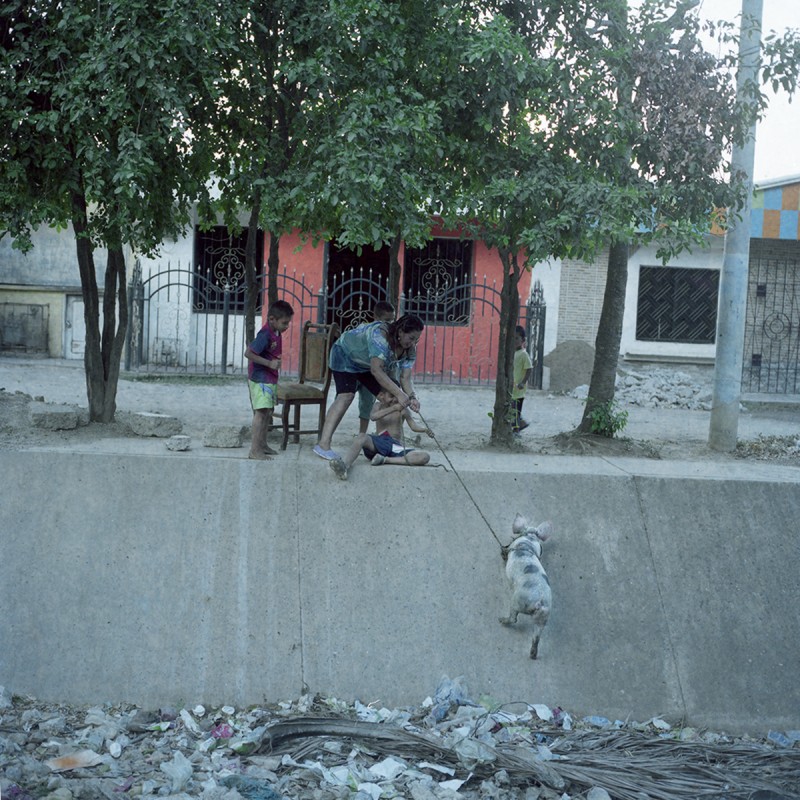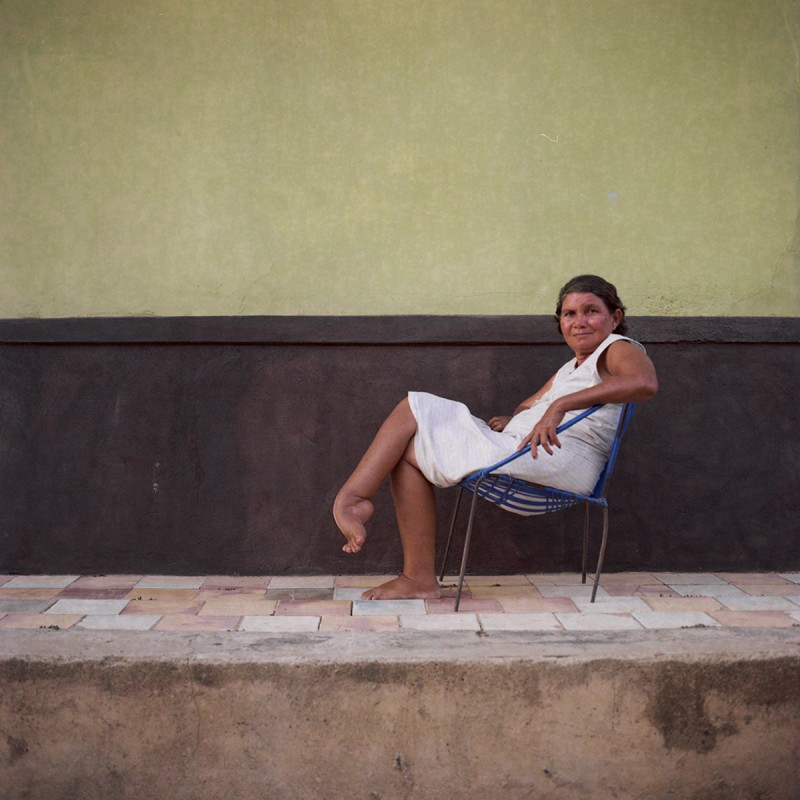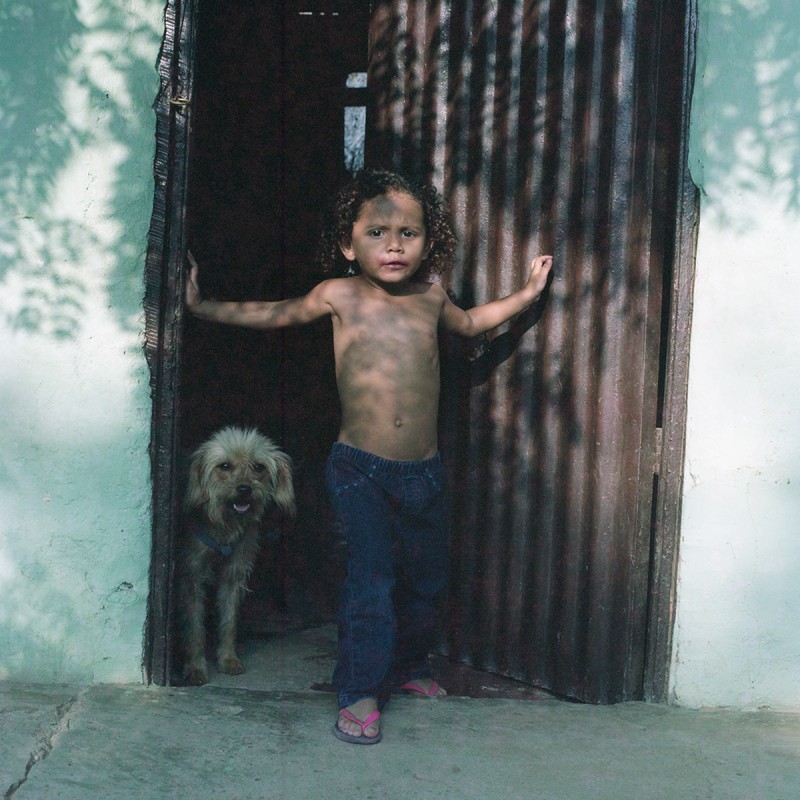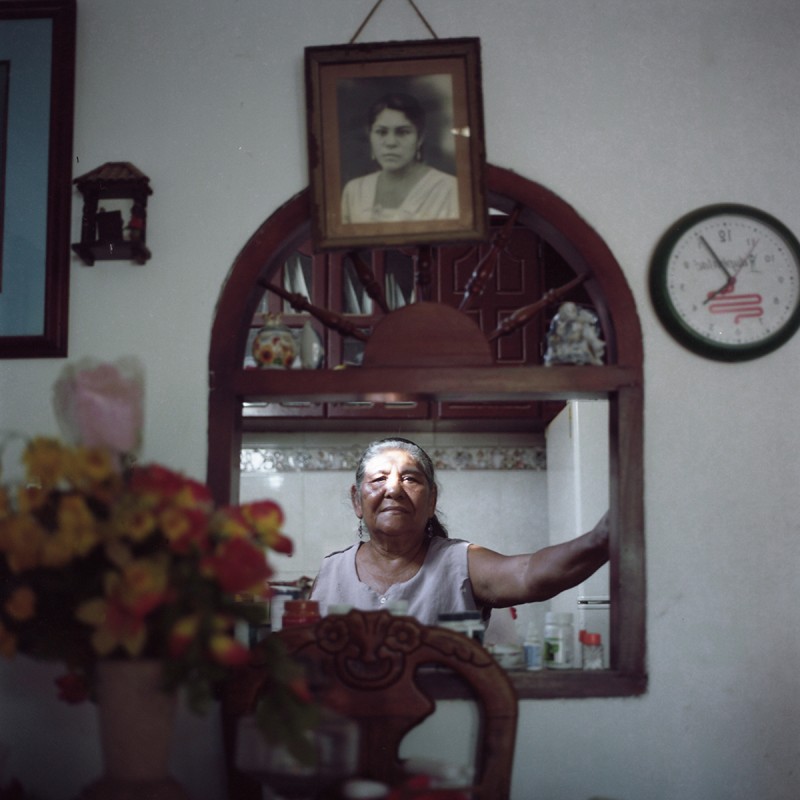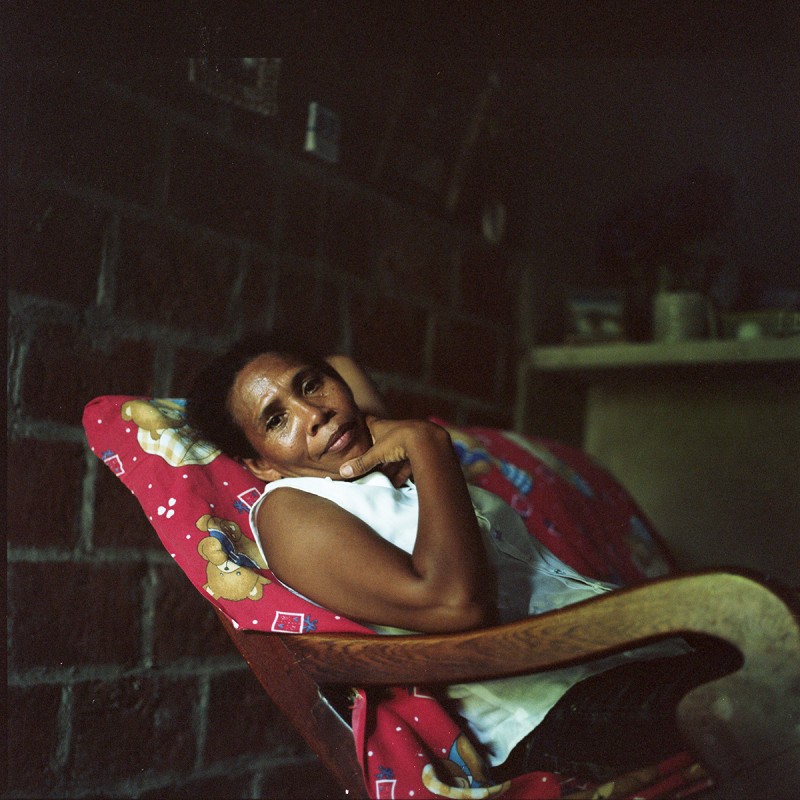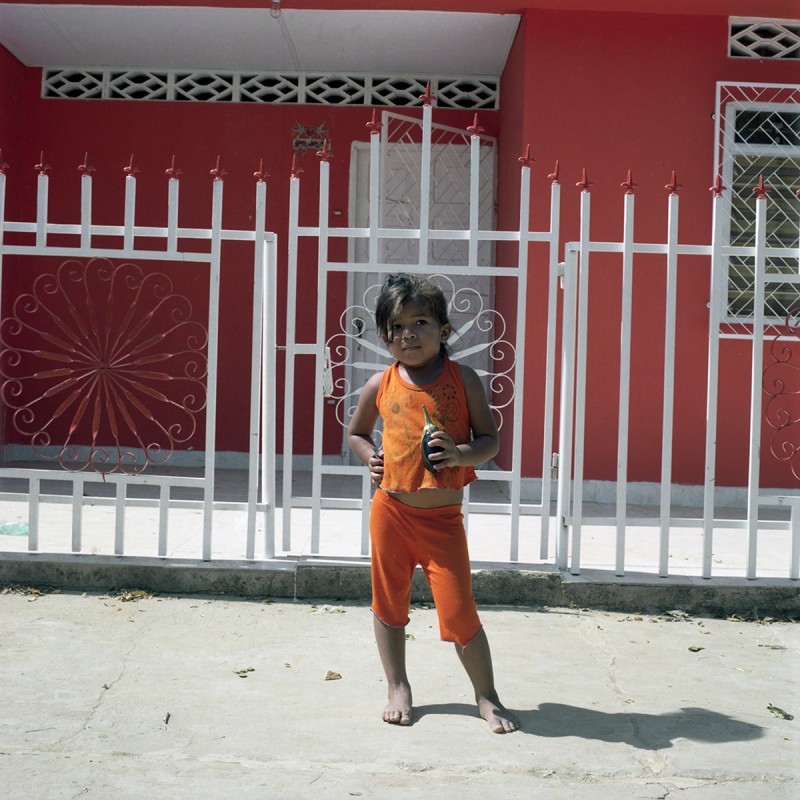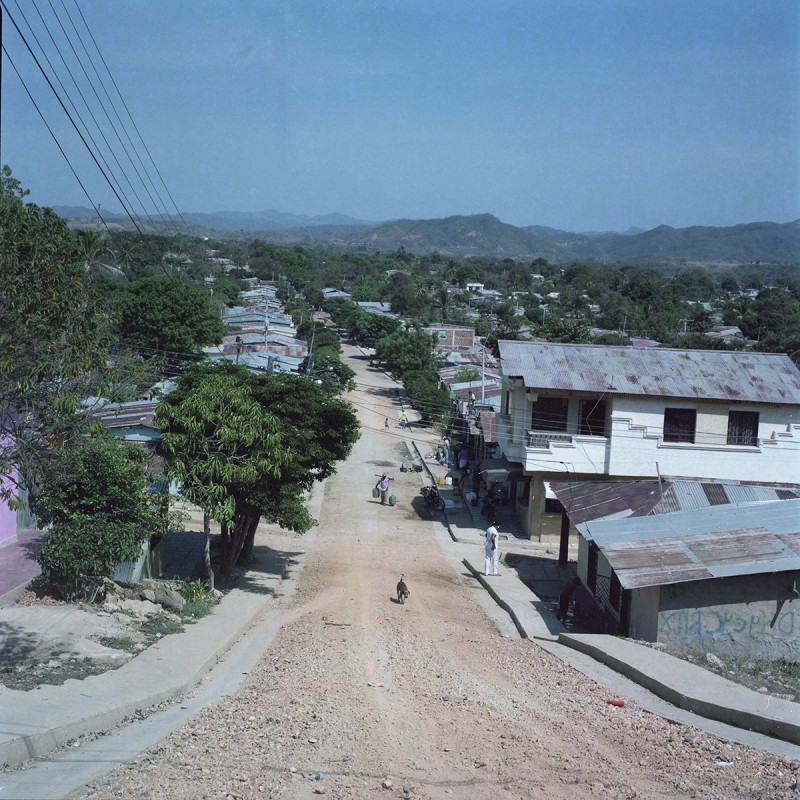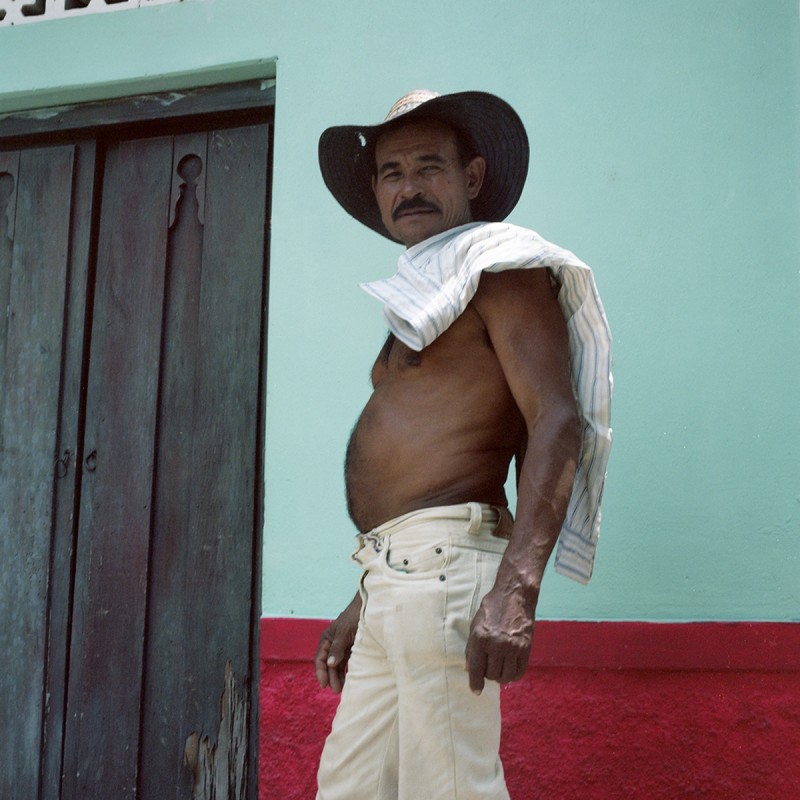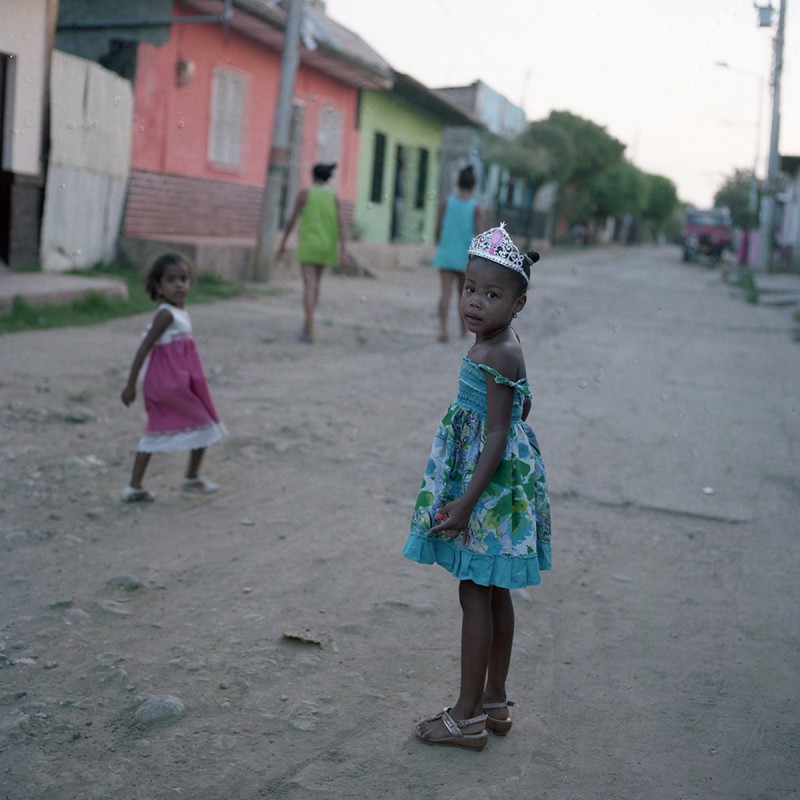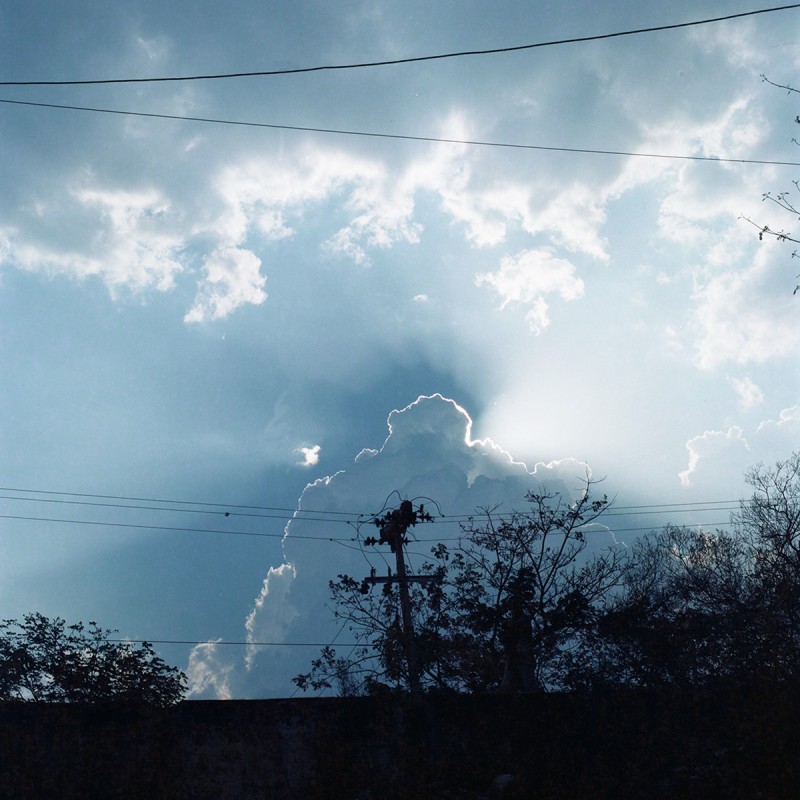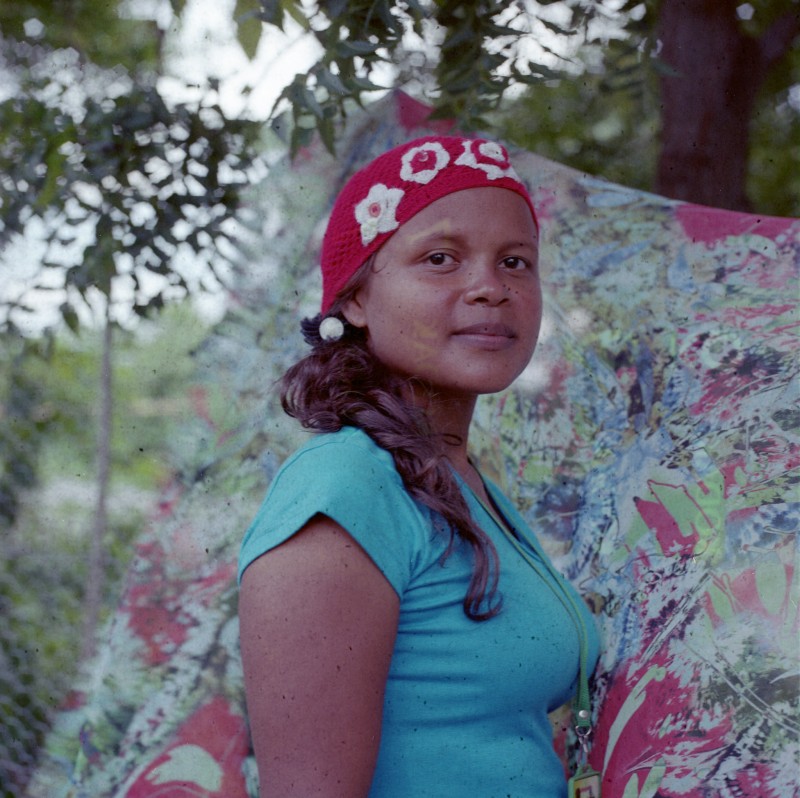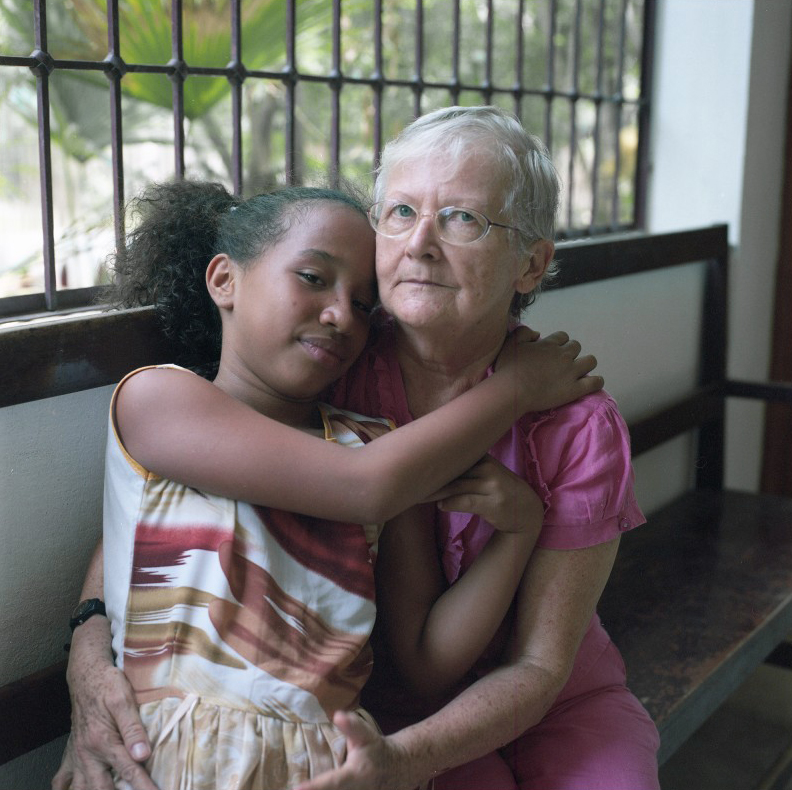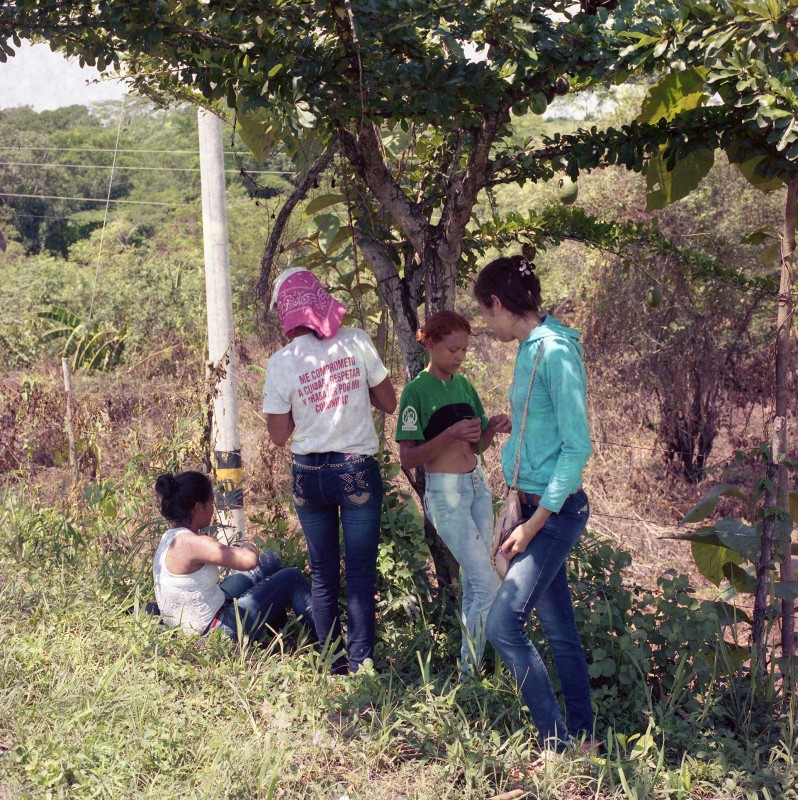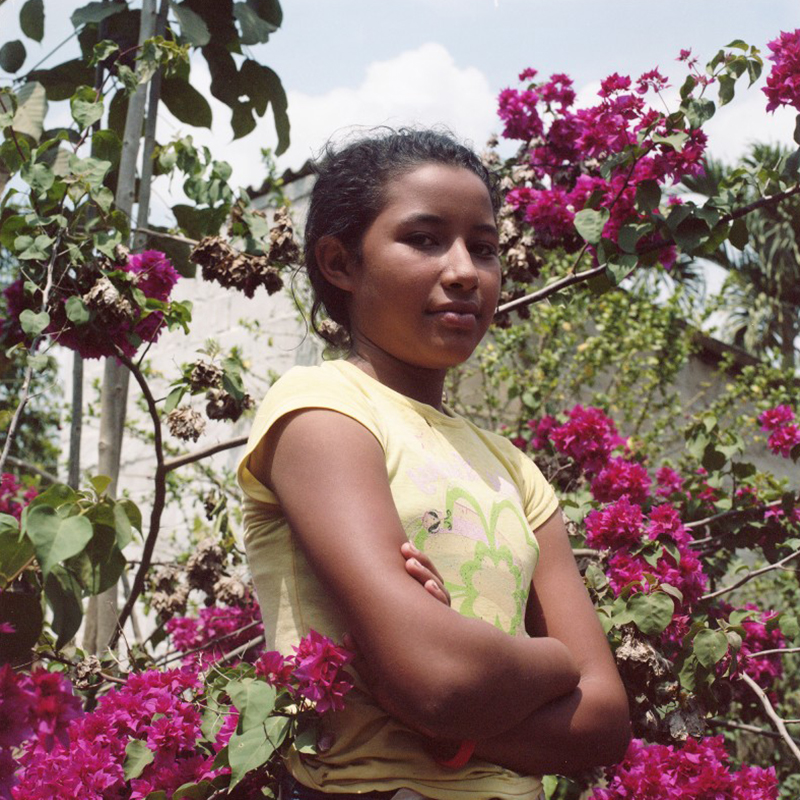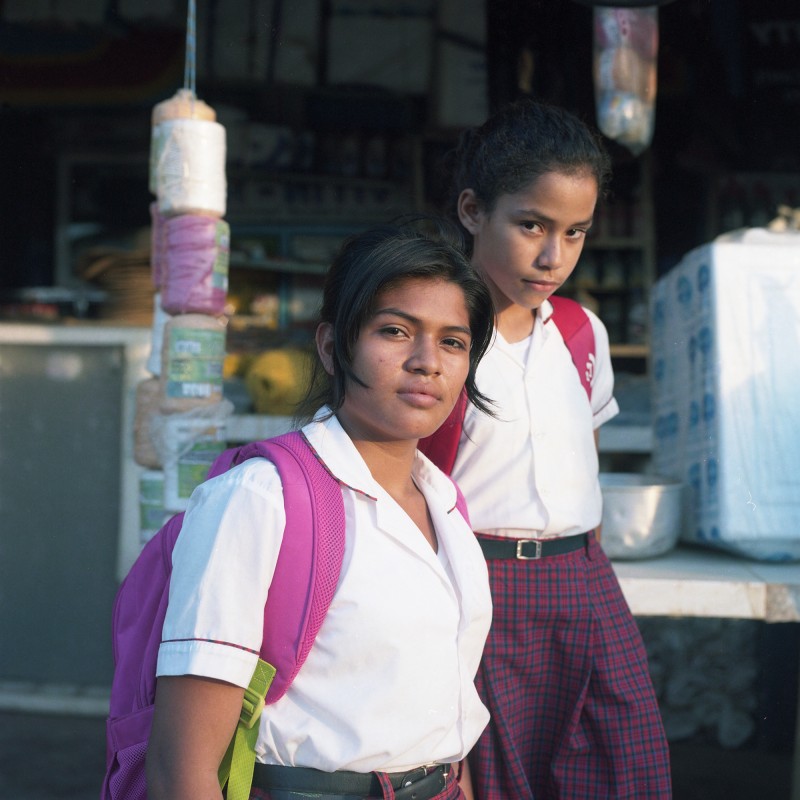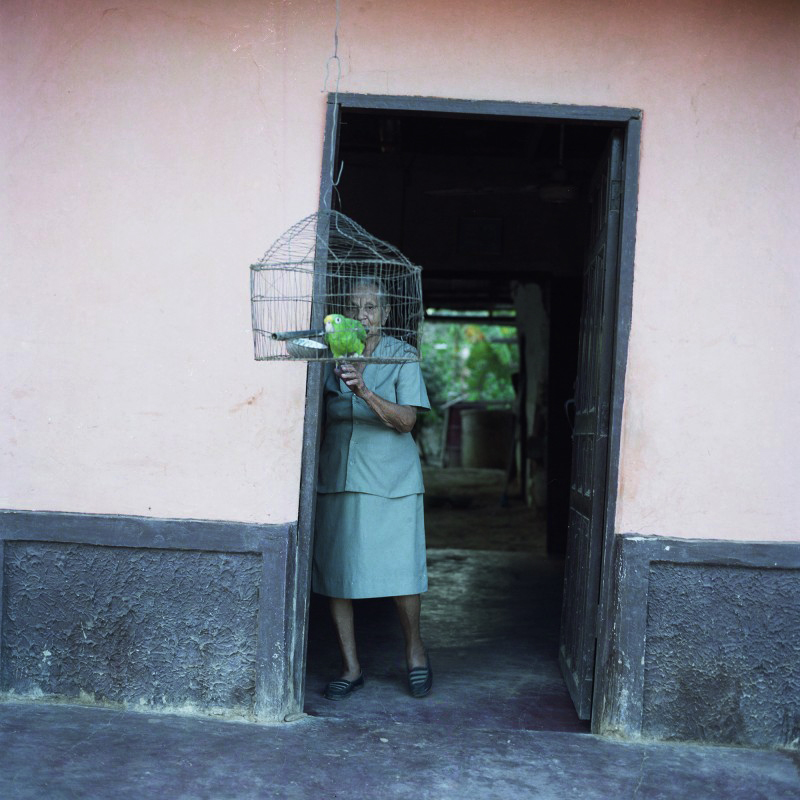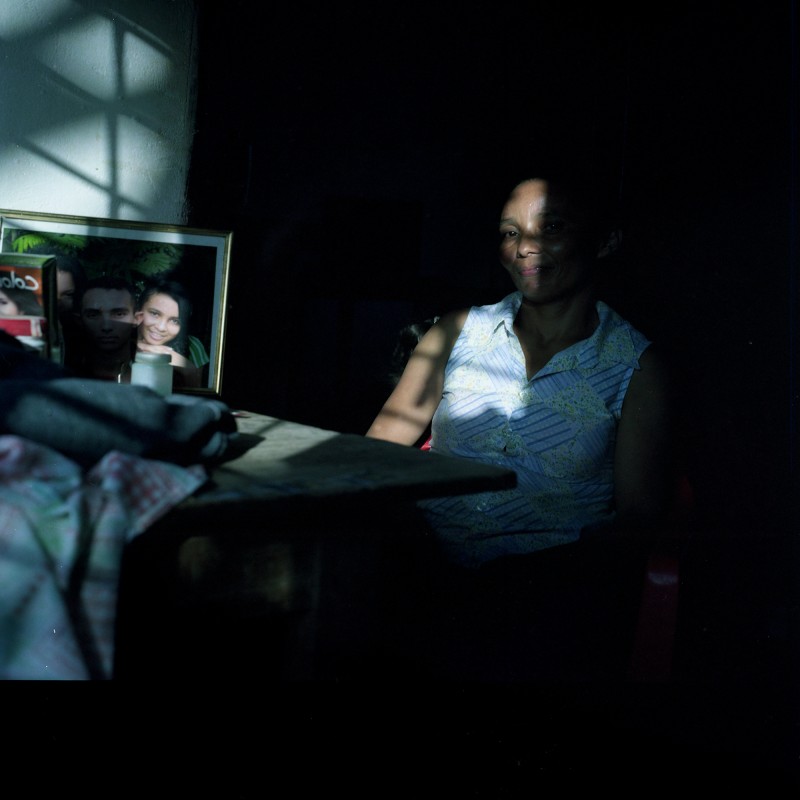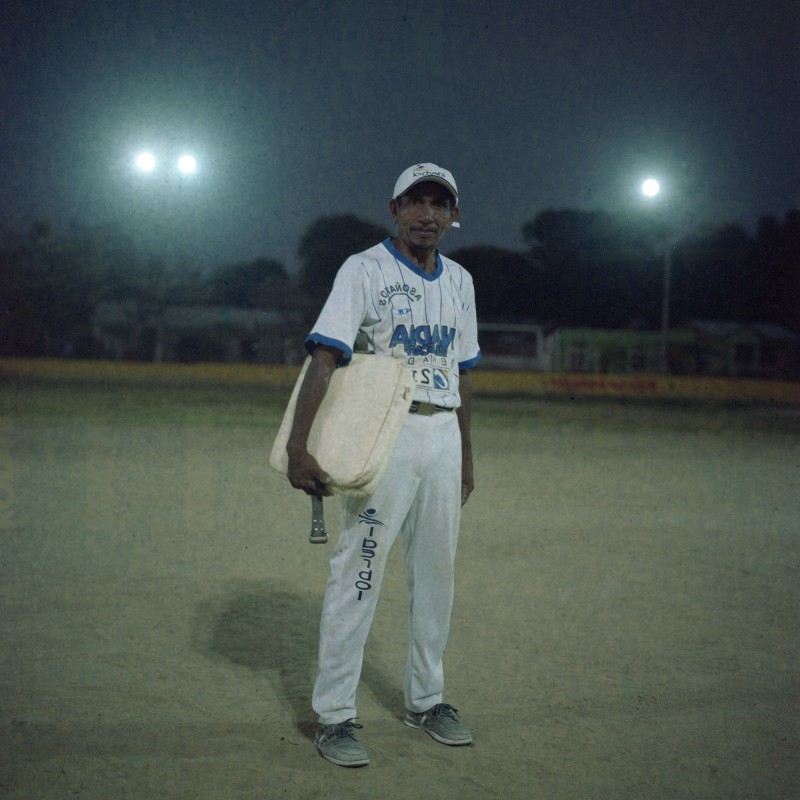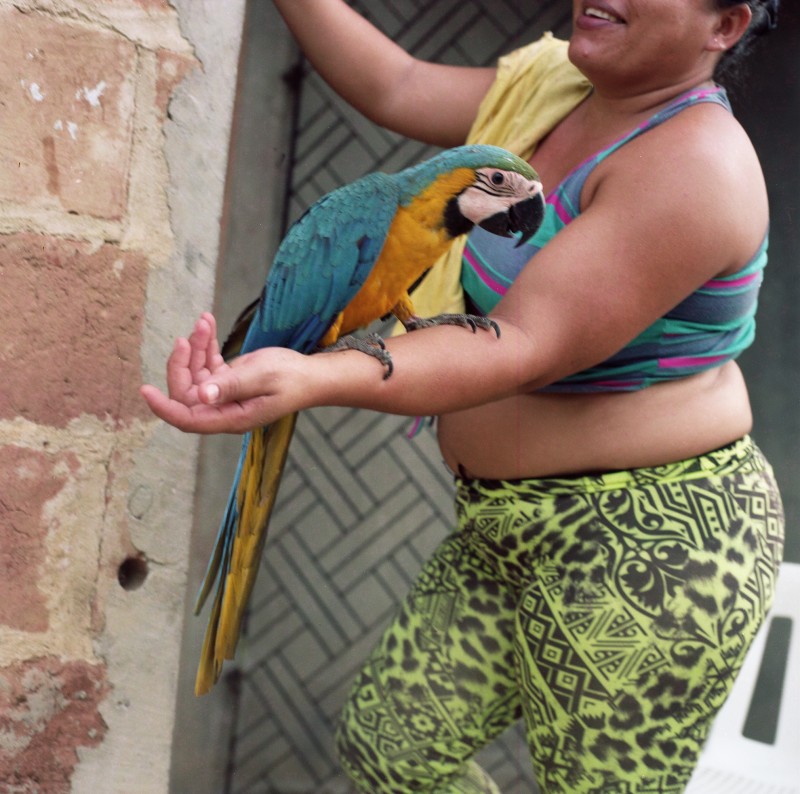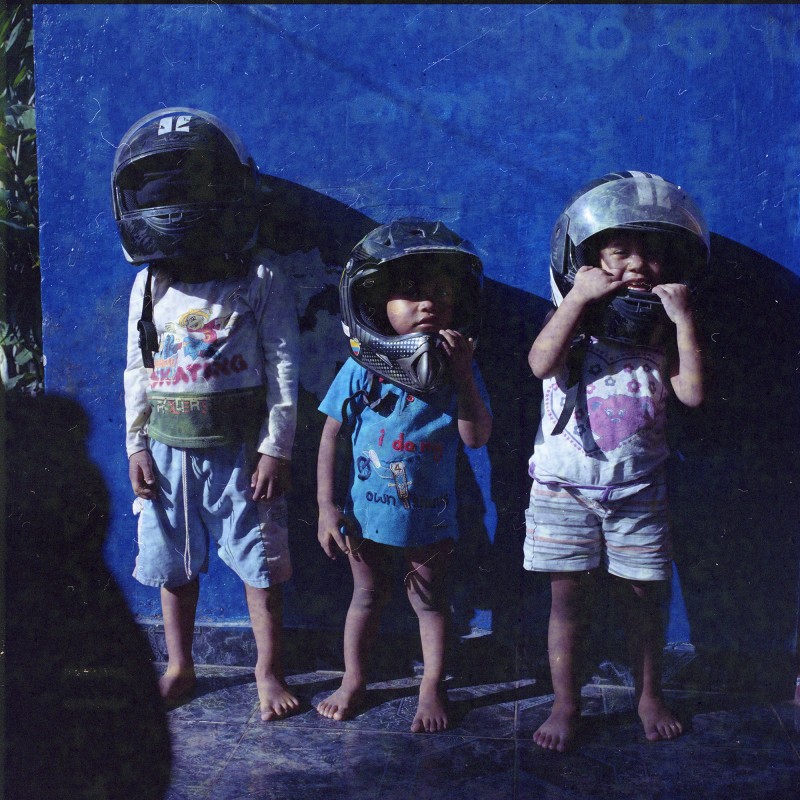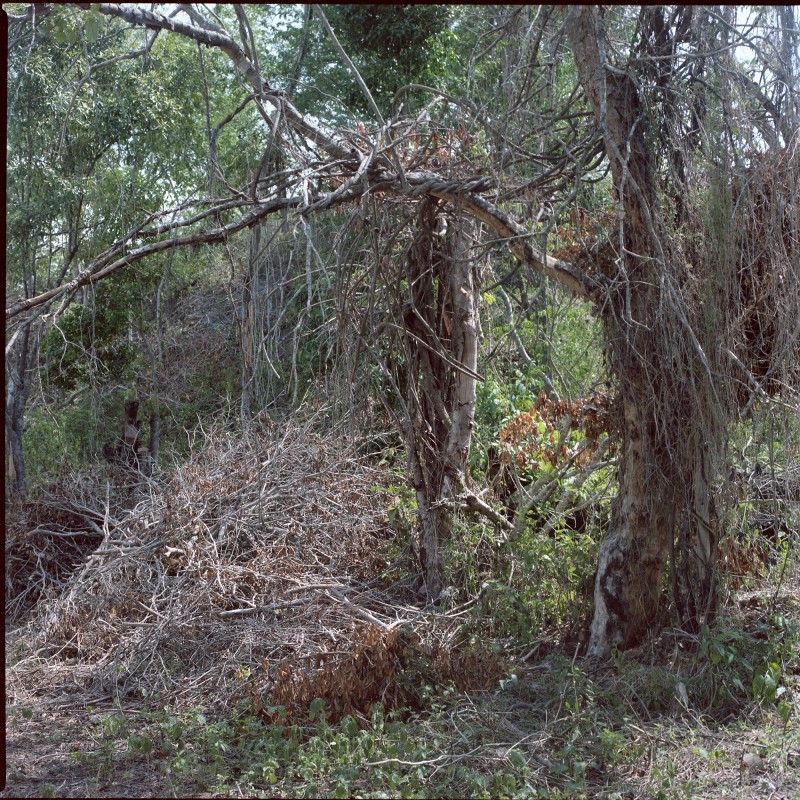-
-
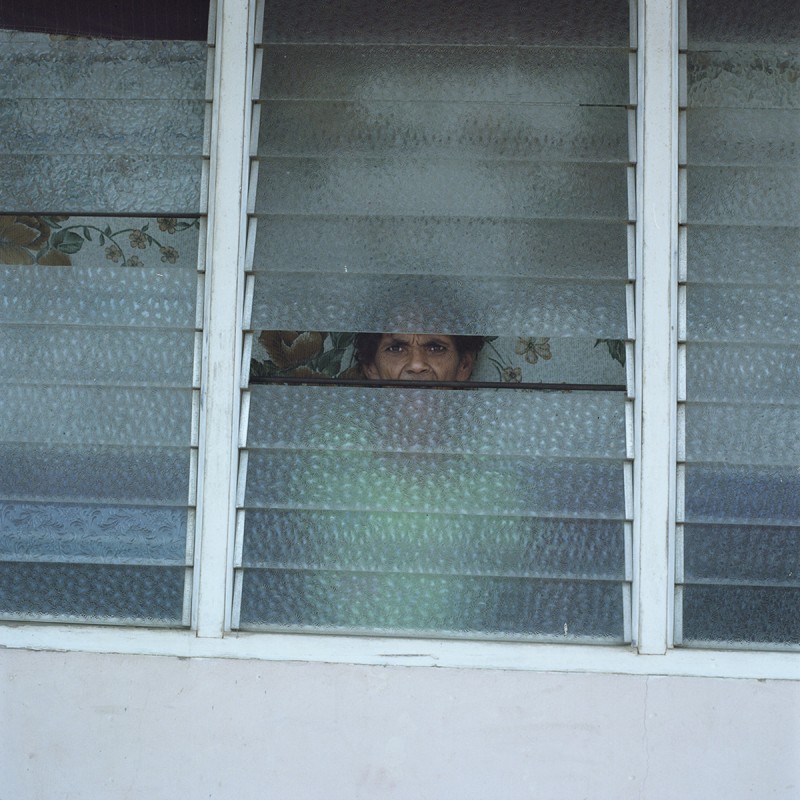
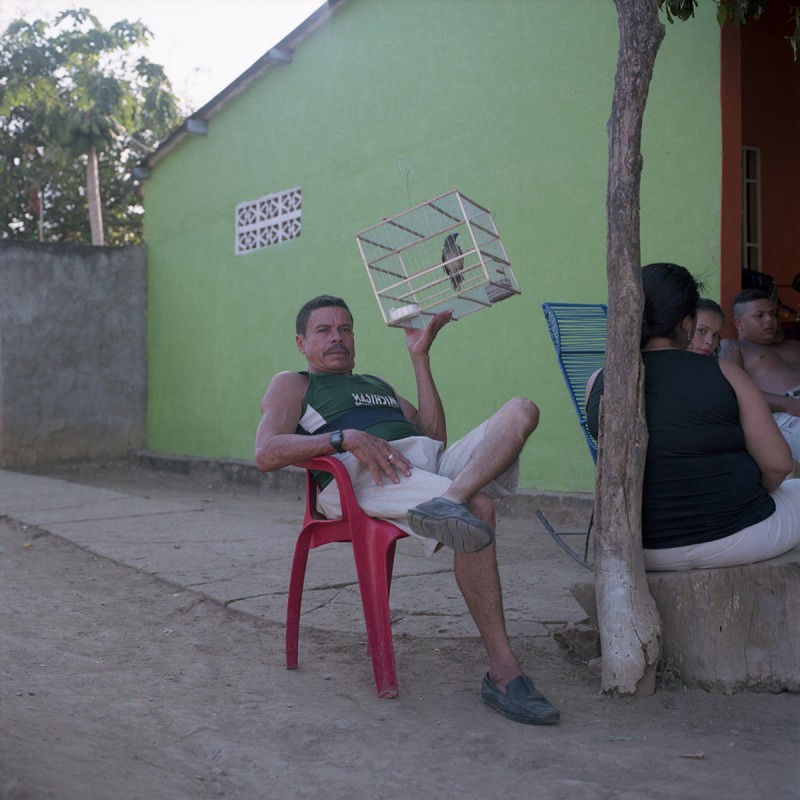
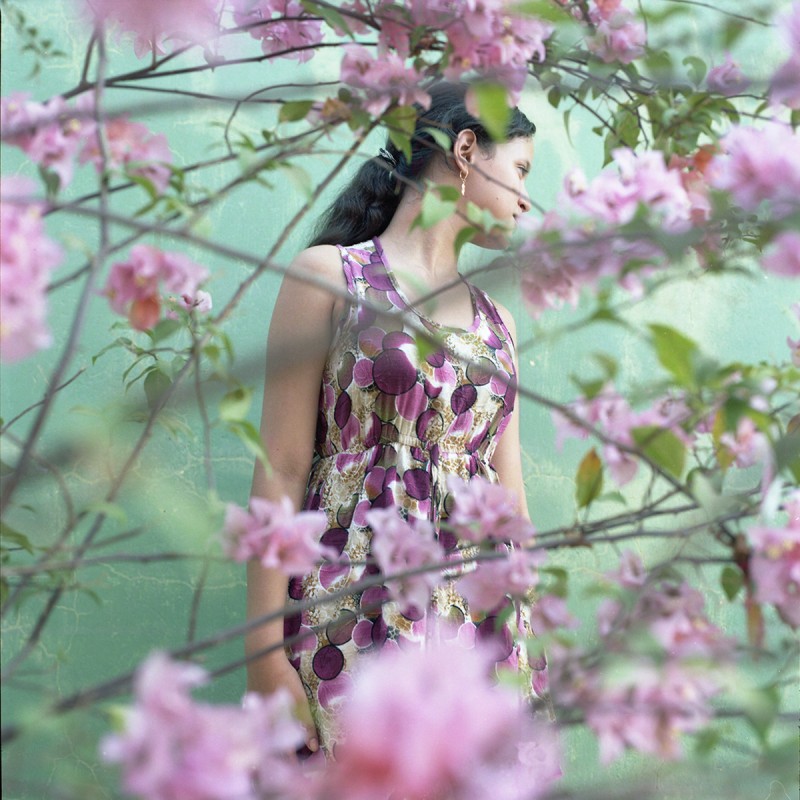
Si Dios Quiere
Colombia has everything it needs to succeed, to nourish and sustain itself and future generations. It offers café, cacao, and the dormant potential of the coca leaf. It is outlined by the Caribbean, the Pacific, the Atlantic. It is desert, deep jungle, modern city, aquamarine water. Fruits with names like chirimoya and maracuya, the world’s largest population of birds, a river of five colors, emeralds. Cumbia, salsa, vallenato, champeta. A wealth of dialects and indigenous cultures. The tragedy - aside from some 220,000+ human lives lost throughout this armed conflict - is that any wealth that comes with the geographical splendor of Colombia is lost in space and time, spent on the burros that roam free and without language, eating their way through the dense green of its numerous valleys.
I arrived in El Carmen de Bolívar, two hours south of Cartagena, Colombia, in late 2014 on a Fulbright Research Grant to conduct interviews and take portraits of people who had been forcibly displaced from other regions of Colombia because of the ongoing armed conflict. I worked in the region for six months, seeking to find collaborative ways of imparting what displacement really means (looks, feels, and sounds like...) in a way that countered western media’s tendency to rely on captions to encapsulate Colombian men and women, children or soldiers. The way we see a person determines the way we photograph them. The way ‘we’ see Colombia does not extend beyond Pablo Escobar, Shakira, café and cacao, but it has to begin now if not yesterday, for there are as many realities as there are displacement numbers and war figures, as many different stories and experiences as there are billions of dollars delivered in failed US-backed aid packages. The fundamental question now is: what does a commitment to building peace look like after so many generations who only know conflict?
As with almost any question posed in El Carmen de Bolívar, the answer from the streets will always be: “Si Dios quiere” (‘If it’s God’s will…’). More than fifty years into the conflict, after countless detours and decades of failed government promises, the people no longer seem to believe that it matters what they want; they defer to God before government. And yet, a new way of thinking is emerging from workshops and classrooms, strikes and marches, organized by the people of the region who want to reclaim a basic dignity and quality of life that many knew before displacement. Slowly, organizational efforts of campesinos and youth are producing a new sense of the possibility of self-determination.
I would zig-zag up and down El Carmen from 7 am to noon and then 4 pm to nightfall everyday, camera hidden in my bag and eyes burning from attempting to blend in by not wearing sunglasses. In my previous stay, everyone who held my glance would ask what newspaper I was working for. When I said that I wasn’t working for anyone they would say huh, ok...And then I would say I was interested in looking at everything with my camera from palm tree to church pew, that I wanted to show people why El Carmen should be famous and not forgotten, that what I was seeking visually was a collective, dignified portrait of El Carmen, with its back straight and its eyes staring straight into the camera’s lens and they would pause again and say ‘Oh, well, yes, then come inside...let me tell you where I’m from. Do you drink coffee?’Additional reflections (10,000 words on El Carmen) on my Medium page
